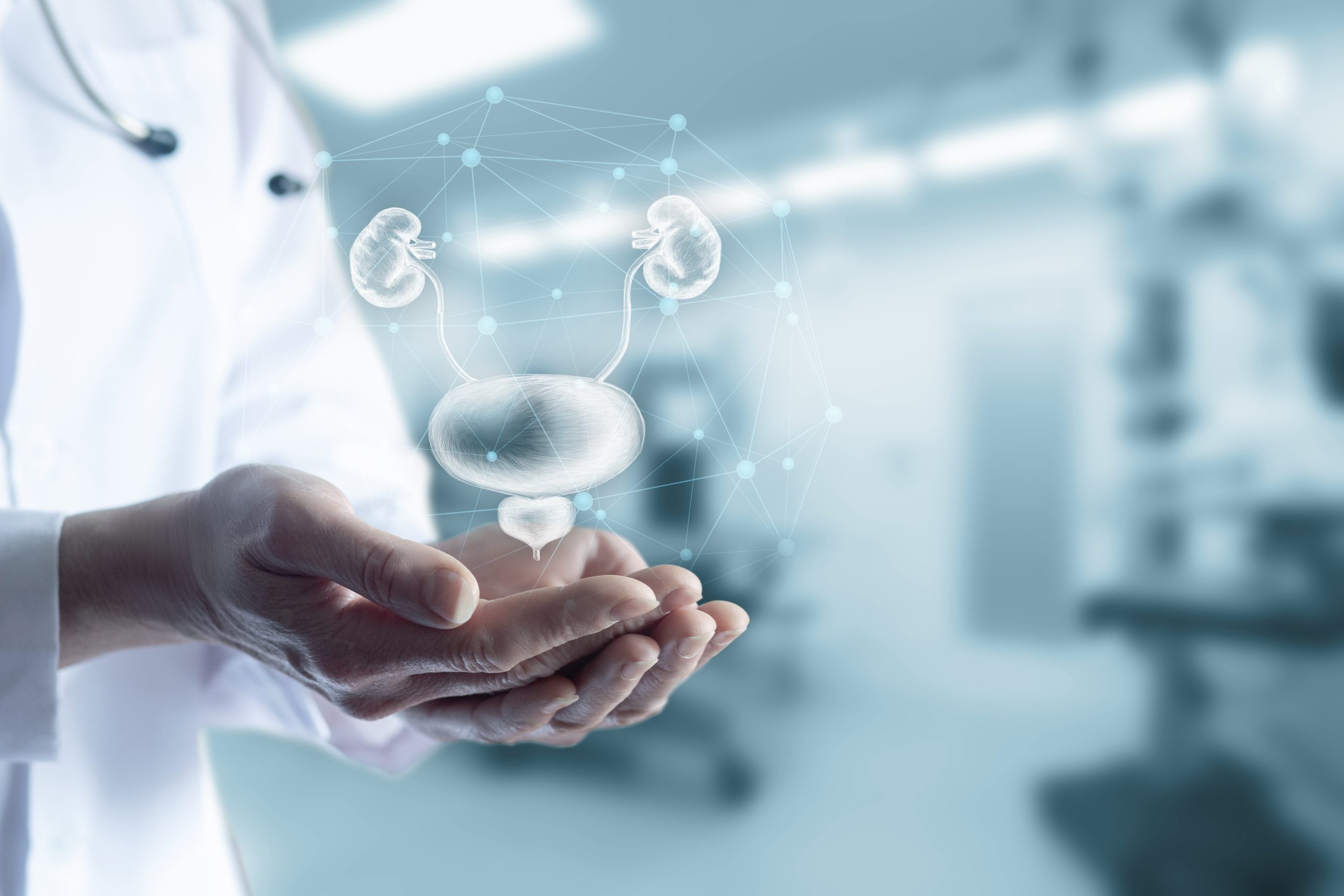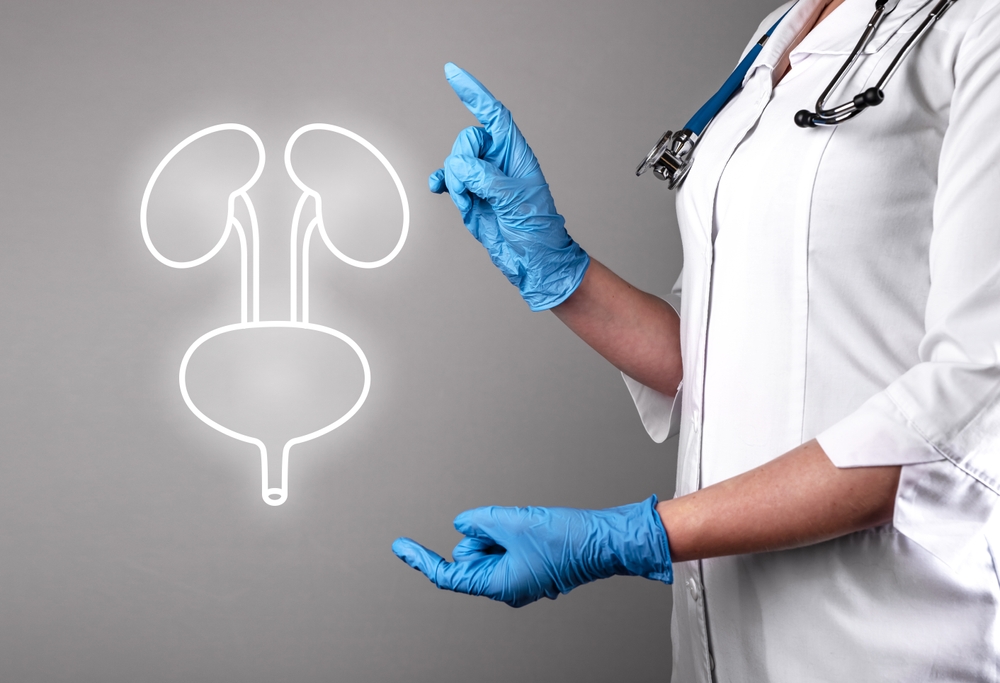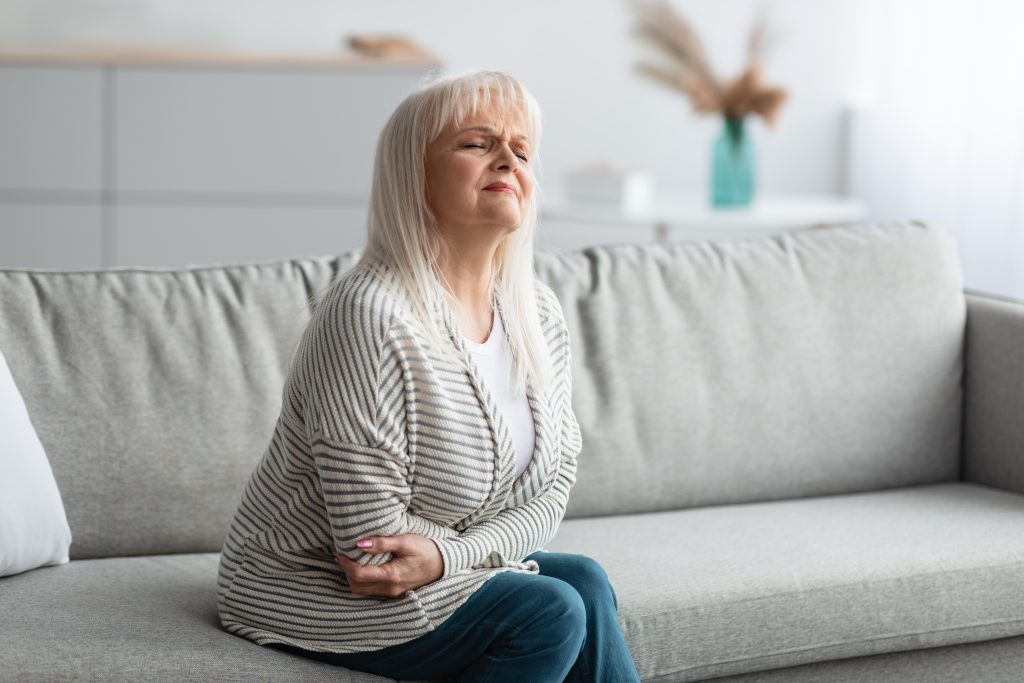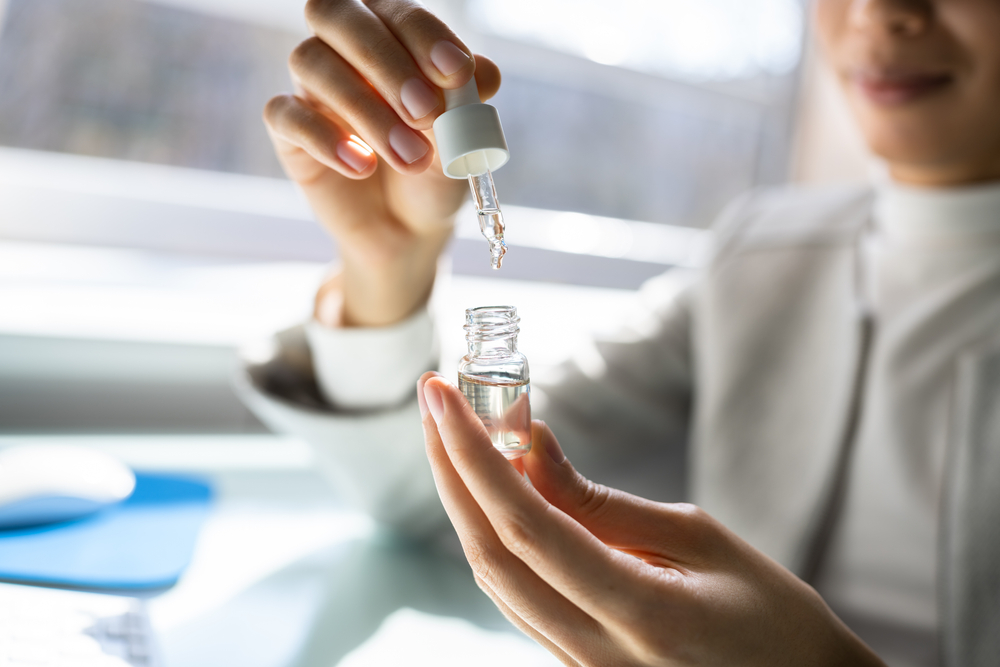Bladder inflammation is a common condition that can cause discomfort, pain, and frequent urges to urinate. This inflammation can result from several causes, including infections, chronic conditions like interstitial cystitis, or urethral inflammation. Identifying the cause of bladder inflammation is crucial for managing symptoms and preventing long-term damage.
Managing Bladder Infection Pain
A bladder infection is one of the most common causes of bladder inflammation. Bacteria entering the urinary system can cause irritation and infection, leading to pain and discomfort. Symptoms of a bladder infection include a burning sensation during urination, cloudy or strong-smelling urine, and pelvic pain.
Relieving bladder infection pain involves a combination of medical treatments and self-care strategies. Antibiotics are typically prescribed to clear the infection. Drinking plenty of water helps flush out bacteria and soothes the bladder. Over-the-counter pain relievers like ibuprofen or acetaminophen can help reduce pain and inflammation. Avoiding irritants such as caffeine, alcohol, and spicy foods can prevent further bladder lining irritation. If left untreated, a bladder infection can spread to the kidneys, causing more serious health issues.
Coping with Interstitial Cystitis
Interstitial cystitis, also known as Painful Bladder Syndrome, is a chronic condition that causes long-term bladder pain and pressure. Symptoms include bladder pain, frequent urination, and a constant feeling of pressure in the pelvic area. Unlike a bladder infection, interstitial cystitis is not caused by bacteria and does not respond to antibiotics. This condition can be difficult to manage due to its recurring nature and the lack of a clear cause.
Managing interstitial cystitis involves lifestyle changes, medications, and bladder training. Drinking plenty of water can help keep the bladder healthy, while avoiding known irritants like coffee, alcohol, and acidic foods may reduce flare-ups. Some benefit from medications designed to protect the bladder lining or reduce inflammation. Bladder training, where you gradually increase the time between urinating, can also help manage symptoms over time.
Blocking the histamine pathway may also provide relief for patients who struggle with interstitial cystitis. Some patients have shown an improvement in bladder spasms; pain; and urinary frequency when placed on the correct ratio of histamine-1 and histamine-2 blockers.
Easing Urinary Tract Inflammation
Urinary tract inflammation can occur anywhere along the urinary system, from the urethra to the bladder and kidneys. Bacterial infections usually cause this inflammation but can also result from chemical irritants or autoimmune conditions. The symptoms of urinary tract inflammation include frequent urination, pain during urination, and lower abdominal discomfort. If left untreated, it can lead to chronic pain and more severe complications.
To ease urinary tract inflammation, staying hydrated is key. Drinking plenty of water helps flush out bacteria and reduces irritation. Incorporating anti-inflammatory foods into your diet, such as leafy greens, fatty fish, and berries, can also help reduce inflammation. Supplements like cranberry extract or probiotics may offer additional support in preventing recurring infections. If the inflammation is due to an infection, antibiotics prescribed by a healthcare provider are essential to clear the infection.
Relief for Chronic Pelvic Pain
Chronic pelvic pain is often linked to bladder inflammation, a condition that causes ongoing pain in the pelvic region. Women with chronic pelvic pain may also experience painful intercourse, lower back pain, or pressure in the bladder and pelvic area.
Relieving chronic pelvic pain requires a holistic approach, targeting both the physical and emotional aspects of the condition. This process involves physical therapy, dietary changes, and stress management. Pelvic floor exercises can help strengthen the muscles that support the bladder, reducing pain and discomfort. Heat therapy, which involves applying a heating pad to the lower abdomen, can provide immediate relief from pain. Relaxation techniques, like yoga or deep breathing exercises, also effectively manage the stress and tension that can exacerbate pelvic pain.
Looking for fast and effective relief for your bladder discomfort? Visit Get Relief Rx today to explore proven solutions designed to ease your symptoms and improve your gut health. Click here to start feeling better now!




